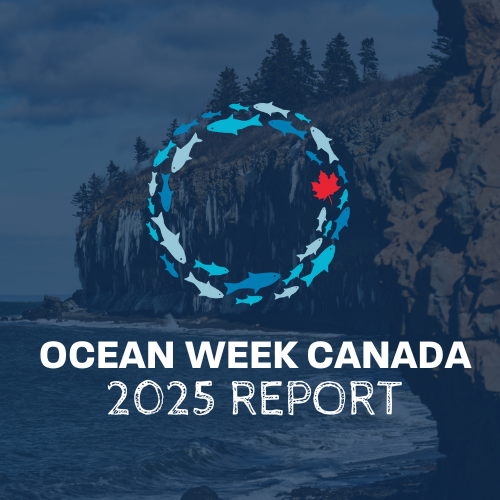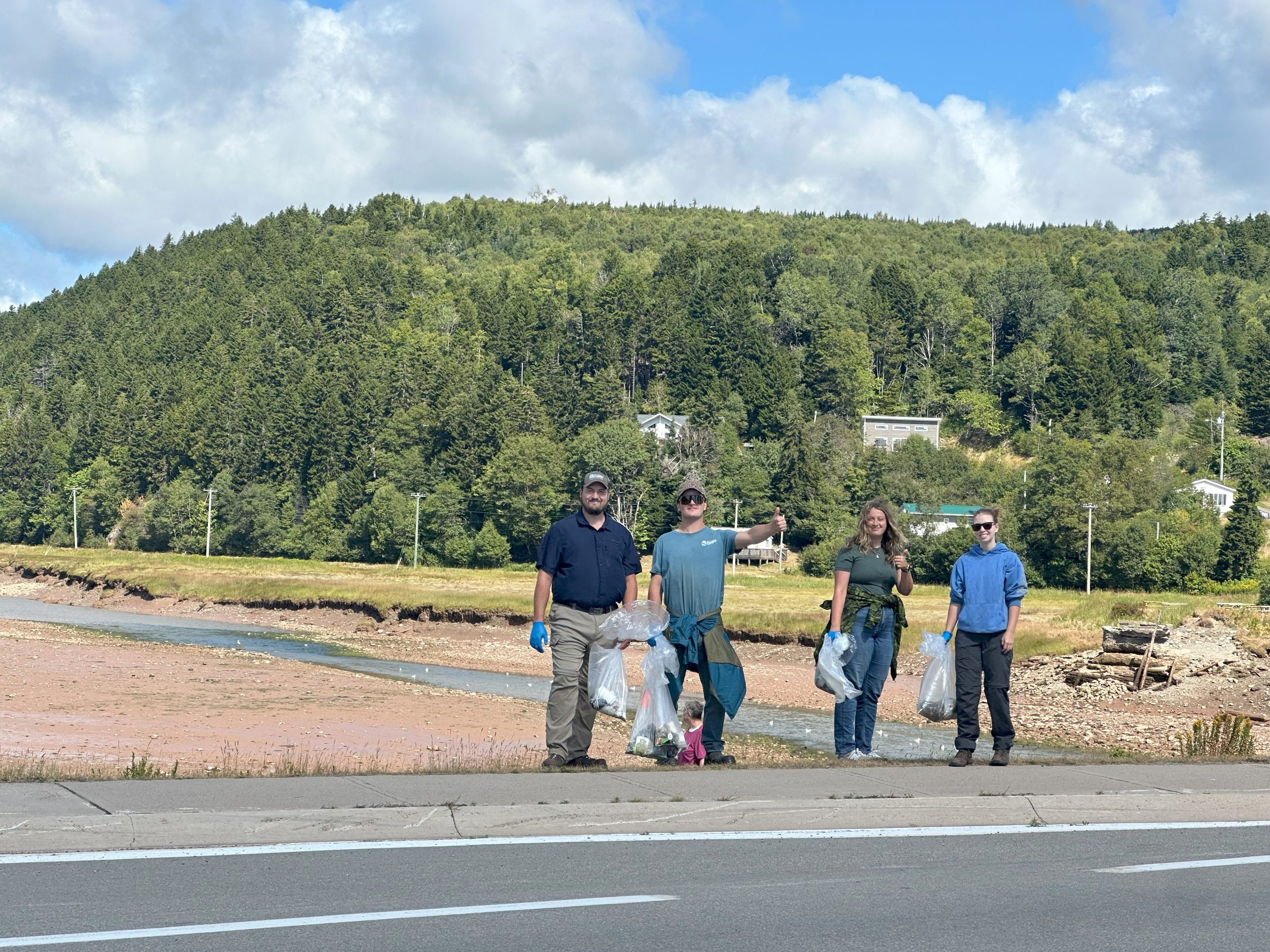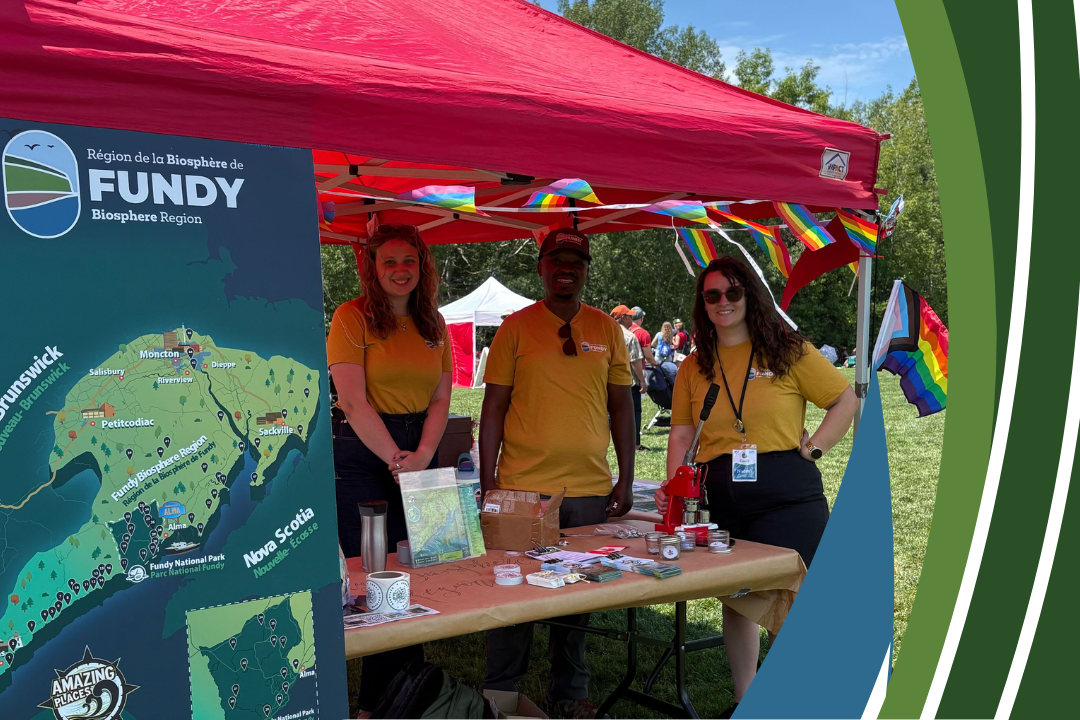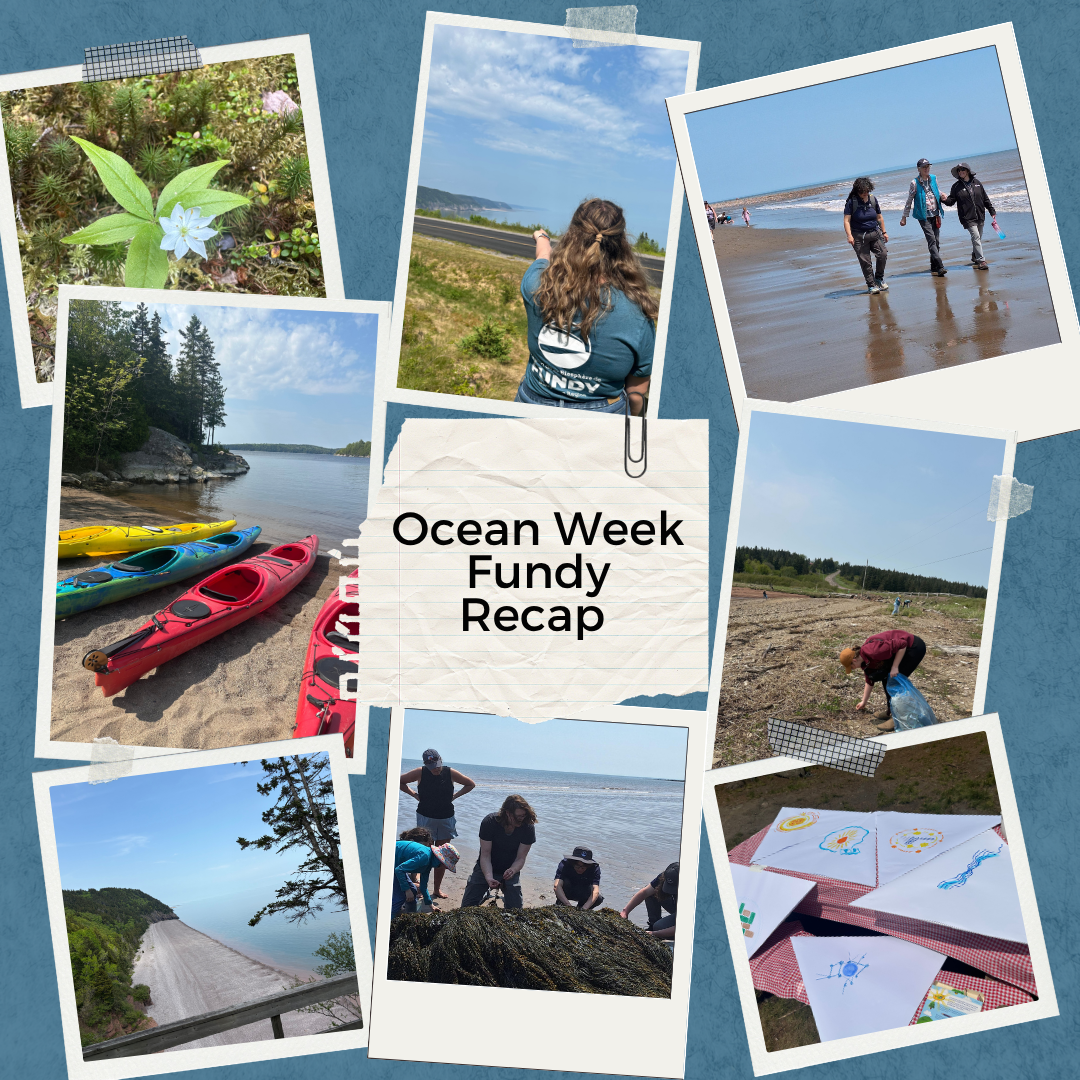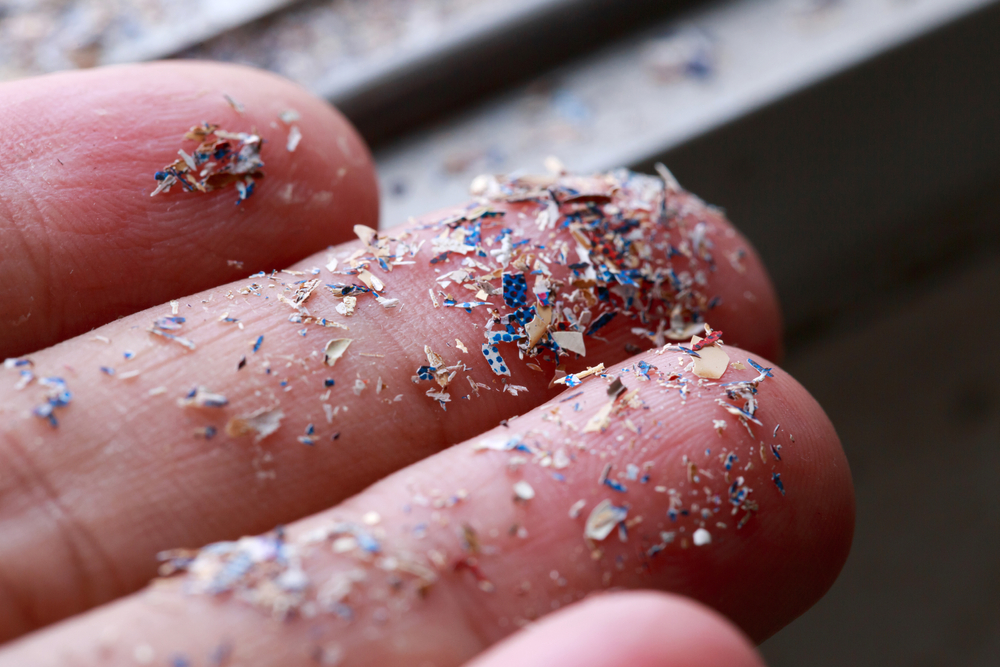
Welcome back to the fourth installation of our Plastics Series! We hope that you’ve been enjoying the journey of recognizing the problems that come with the overconsumption of plastic, and are challenging yourself to reduce your impact. Now that we’ve talked about what happens to plastic once it’s been disposed of, we want to shed light on an important and increasingly alarming side effect of improper waste management: microplastics.
What are microplastics? Exactly like it sounds, they are small pieces of plastic. Officially, microplastics are defined as any piece of plastic smaller than 5mm, or about the size of a grain of rice. Common types of microplastics include:
- Fragments: which are small pieces of larger plastic objects,
- Fibers: found in plastic strands of clothing,
- Foam: such as pieces of food containers & coffee cups,
- Nurdles: plastic pellets commonly used in manufacturing for a wide variety of products, and
- Microbeads: beads used in soaps & cosmetics.
Microplastics are currently categorized into two main groups: primary and secondary.
Primary microplastics are types of plastic that were manufactured to be small, like glitter, or those microbeads and nurdles mentioned above.
Inkwina, CC BY-SA 3.0
Secondary microplastics are essentially the leftovers of other kinds of plastic items.They are initially made to be larger, but are broken down in the environment, like styrofoam falling apart into little balls or a plastic bottle breaking apart in the sea. This happens because of a process called mechanical erosion, wherein the waves of the ocean currents repeatedly wear down the weak spots in larger pieces of plastic and eventually tear them apart.
Oof.cc, CC BY-SA 4.0
Microplastics have been identified just about everywhere, from our fresh and saltwater, to the food we eat, and the air we breathe. Major sources of microplastics include: Agricultural runoff, Aquaculture, Cruise ships, Ocean dumping, Stormwater, Fishing & shipping industries, Urban runoff, and Waste management. All of these sources contribute to large amounts of plastic being swept up in our oceans.
As you can probably imagine, this can be damaging to animals as it is common for them to eat plastics. It is hypothesized that microplastics can affect the physiological functioning of animals in multiple ways like: blocking their digestive system, leaching harmful chemicals into their bodies, and making them feel less hungry because their stomachs are full of it. Microplastics both absorb and give off chemicals and harmful pollutants, and this creates the potential for adverse effects on humans through bioaccumulation. Many animals that have microplastics in their bodies are used as food by people. This is concerning for sure, especially for the one-fifth of the world’s population that relies on seafood as their primary source of food.
National Marine Sanctuaries, Public domain, via Wikimedia Commons
As of yet the health impacts of microplastics are not well understood because the problem has only been acknowledged recently, but that doesn’t mean that the issue isn’t being taken seriously. Microplastics are now listed as a toxic substance under schedule 1 of the Canadian Environmental Protection Act.
Long-term solutions to the problem are still in development, but luckily there’s ways that you can help today. It’s obviously impossible to eliminate all sources of plastic in your everyday life, but there’s no denying the fact that reducing the amount you use can make a difference. Some other options to help are to switch out products with microbeads, choose organic clothing or use a mesh washing bag to catch microfibers, and avoid styrofoam where possible.
This blog is part of our Trash Talks project, funded through the NB Environmental Trust Fund

